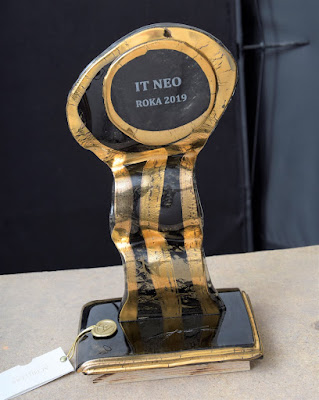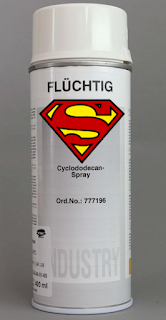How to scan shiny surface part 2: Challenge time

I am back! It's been quite a while, but what better time to start writing again than right after we have won an award for our company’s growth, product quality, and innovation, as well as social contribution. (Shameless bragging) I am pretty sure that you have seen the award across the social media, but in case you are living in a cave (duh!) and this news hasn't reach you, here is how it looks: Beauty, isn't she? (Yes, it is she) Now, do you remember the previous tutorial on scanning shiny surfaces? Well, this time I have decided to take it one step further and scan our gorgeous prize. Pure see-through glass, with golden parts. What could possibly go wrong, once we put aside the fact that it is in fact nightmare for photogrammetry... I handled the golden statue, so why not this? OK, let's start then. What do we need: 1. Camera - in my case I have used Nikon D5300, 2. Coating spray, 3. Good lighting conditions, 4. An award for company’s growth, ...





